Inspection mirrors are often used to gain visibility into hard-to-reach areas. They can extend into areas that would otherwise be invisible and provide the ability to view and inspect from all angles, which is very valuable.
Inspection mirrors are often used by border security personnel when inspecting the underside of vehicles or examining the contents of shipping containers. They are also commonly used for security purposes in other environments such as airports and transportation hubs.
There are several types and sizes of inspection mirrors available today, from under-vehicle, trolley-mounted inspection mirrors to portable, pocket-sized inspection mirrors. One of the most widely used types is the popular telescopic inspection mirror, which utilizes a retractable telescopic arm.
Telescopic inspection scopes have a long telescopic arm that can be extended and locked at any desired length by twisting action. When compressed, the retractable mirror arm can be easily retracted.
The arm ends in a round mirror made of glass or acrylic resin. A telescopic inspection mirror with LEDs is available if desired. The addition of a compact, bright LED flashlight is beneficial for nighttime inspections or inspections performed in low-light conditions or dark areas such as the underside of a vehicle.
Inspection mirrors are also very important in non-security applications. For example, utility company employees often need to thoroughly inspect hard-to-reach equipment. In these situations, a retractable telescopic mirror is an essential inspection tool. Manufacturing lines are another area where inspection mirrors play a critical role in enabling thorough inspections to ensure production quality standards are maintained.
The following are some of the most common applications for inspection mirrors.
Vehicle inspections at borders and transportation hubs.
Cargo inspections at airports, ports and on ships.
Customs and excise searches (rummaging) for contraband.
Motor vehicle inspections, hard to see observation areas.
Mechanical assessments and routine inspections.
Merchants such as plumbers and electricians to view hard to reach areas.
Production line inspections of manufactured goods and systems.
System security inspections for energy and utility companies.
Using a telescopic inspection mirror is intuitive, but here are some step-by-step suggestions to help ensure your inspection is effective and efficient.
Start by cleaning the mirror with an optical cleaning cloth to ensure that the reflected image is clear.
Adjust the mirror to the desired angle.
Extend the telescopic arm to the desired length and twist the handle to lock it into place.
If necessary, turn on the LEDs to illuminate the inspection area or object.
Deploy the inspection mirror to the inspection area and carefully examine the reflected image in the mirror.
If you do not see the area you need to inspect, adjust the angle of the mirror and/or the length of the telescoping handle until you can clearly see what you need to see in the reflected image.
Move the mirror so that you can thoroughly inspect the target item or area from all angles.
When not in use, it is recommended that you store the telescopic inspection mirror safely in an appropriate carrying case.
Please visit AutoToolDepot website to see more car tools and get in touch with us for the quote.
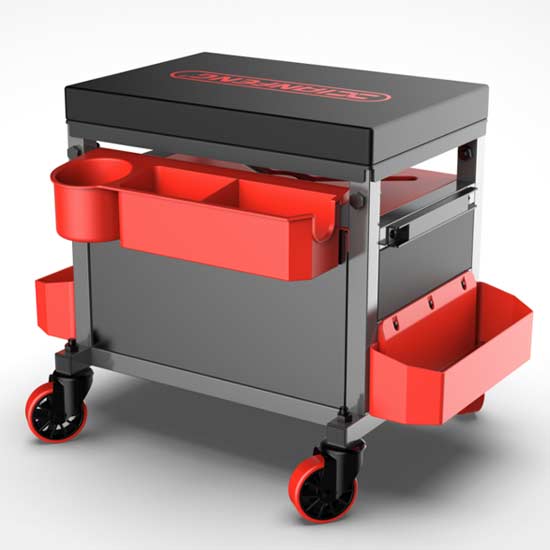 Tool seat
Tool seat
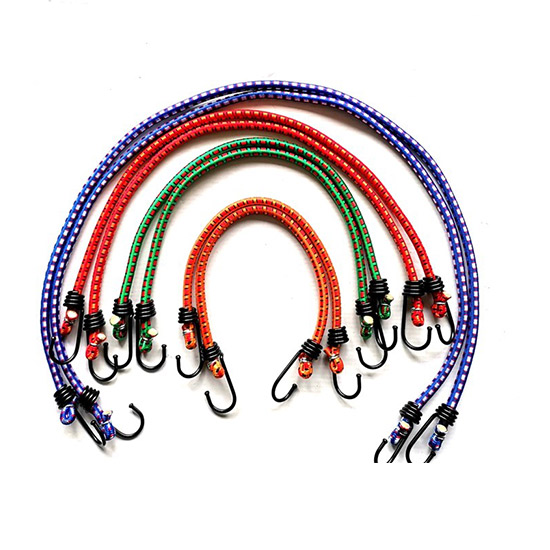 Stretch Cord
Stretch Cord
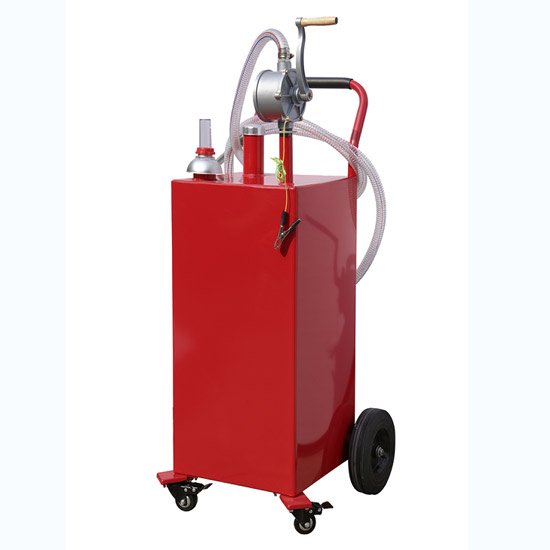 Oil Pump
Oil Pump
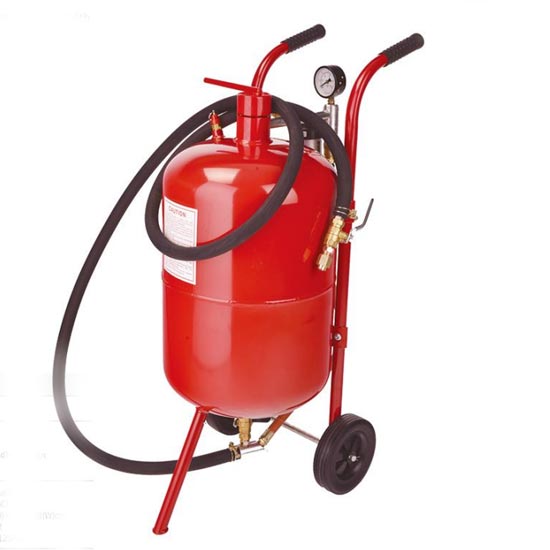 Sandblast Pot
Sandblast Pot
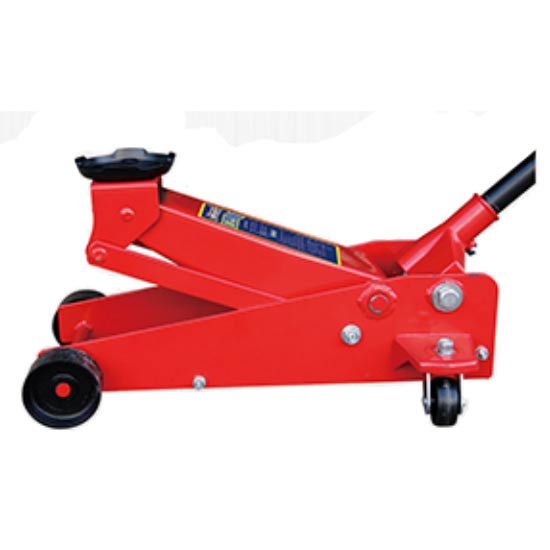 2.25 Ton Hydraulic Floor Jack
2.25 Ton Hydraulic Floor Jack
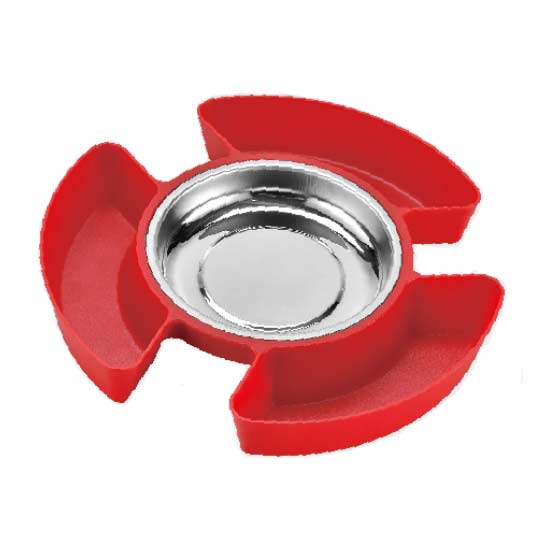 Magnetic Tray With Tool Plate
Magnetic Tray With Tool Plate
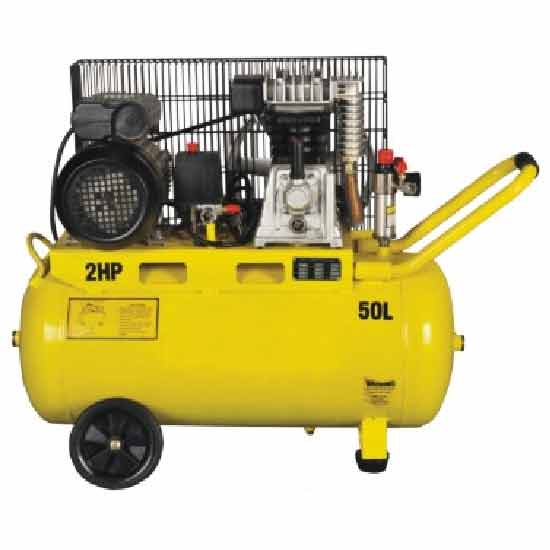 Single-stage Air-cool Movable Air Compressor
Single-stage Air-cool Movable Air Compressor
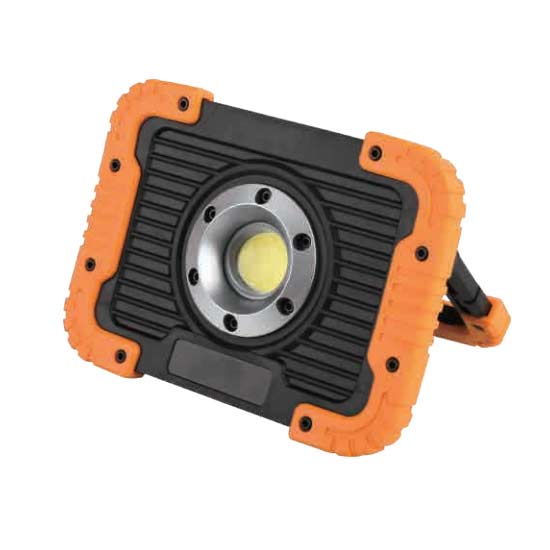 10W Rechargeable Led Flood Light
10W Rechargeable Led Flood Light
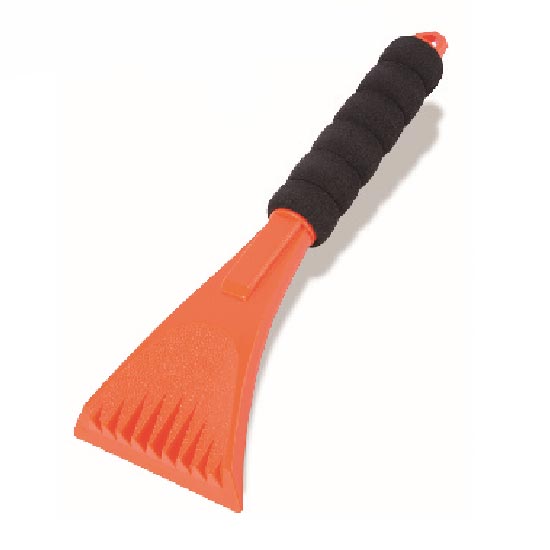 Ice Scraper
Ice Scraper
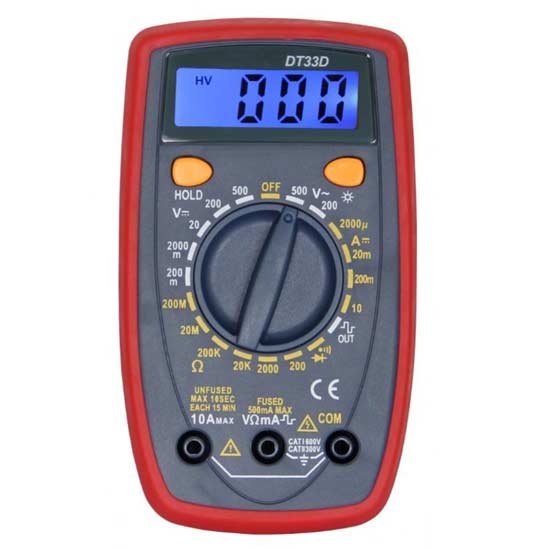 Small Multimeter with Backlight
Small Multimeter with Backlight
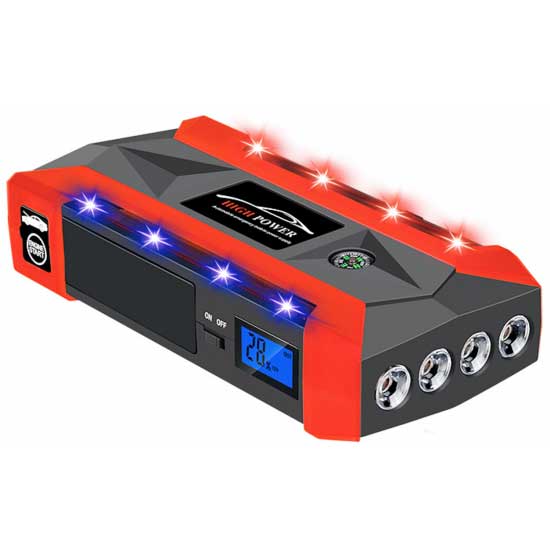 Jump Starter With 4 Led Lights
Jump Starter With 4 Led Lights
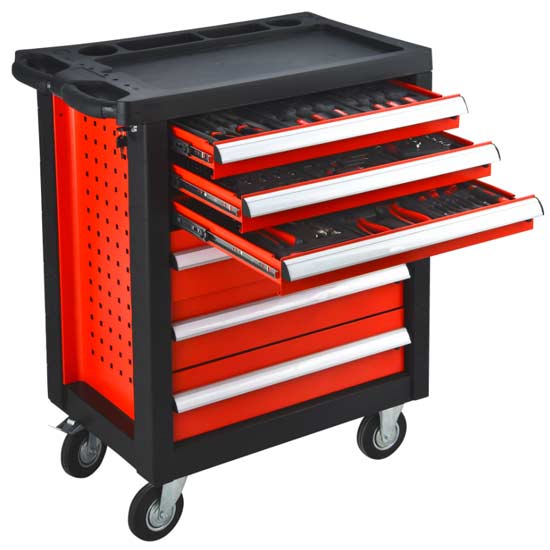 Steel Tool Cabinet
Steel Tool Cabinet
 Large Tool Cabinet
Large Tool Cabinet
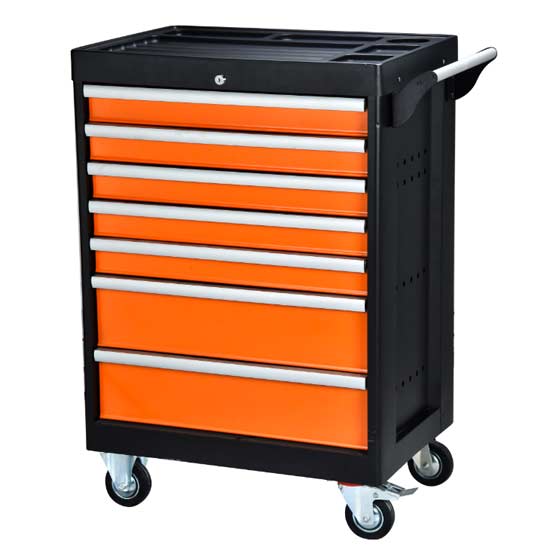 Tool Storage Cabinet
Tool Storage Cabinet
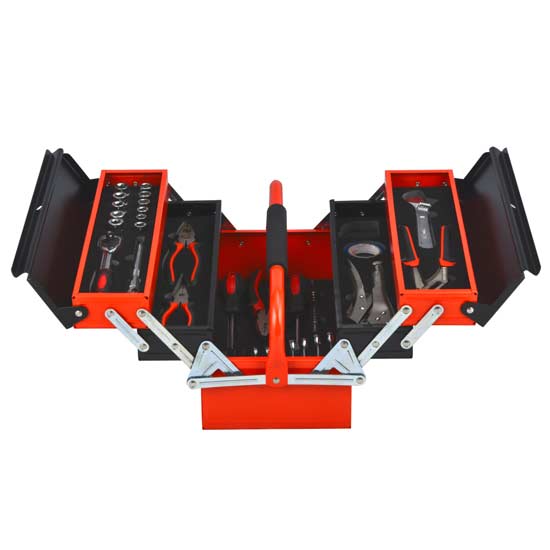 Metal Tool Box
Metal Tool Box
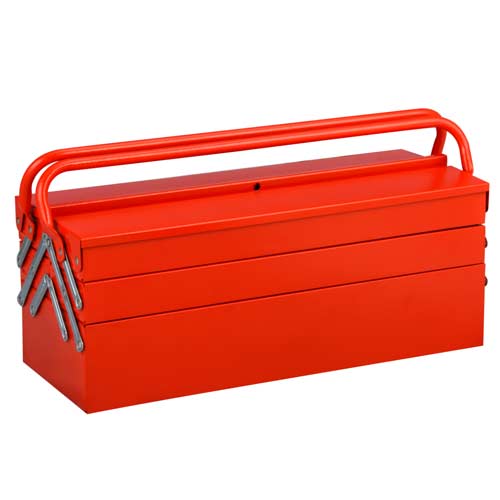 Large Metal Tool Storage Box
Large Metal Tool Storage Box
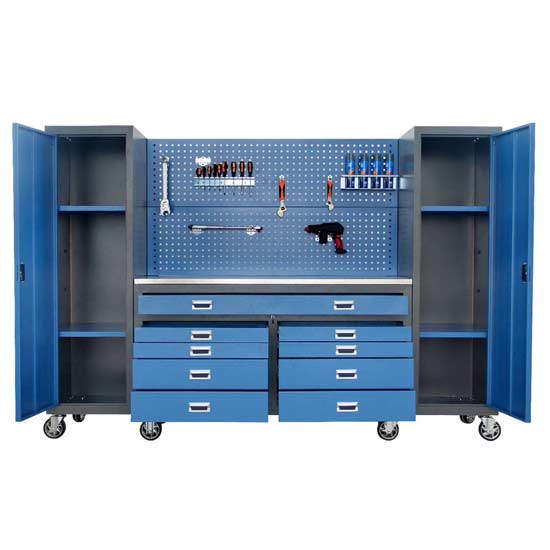 Blue Metal Tool Cabinet
Blue Metal Tool Cabinet
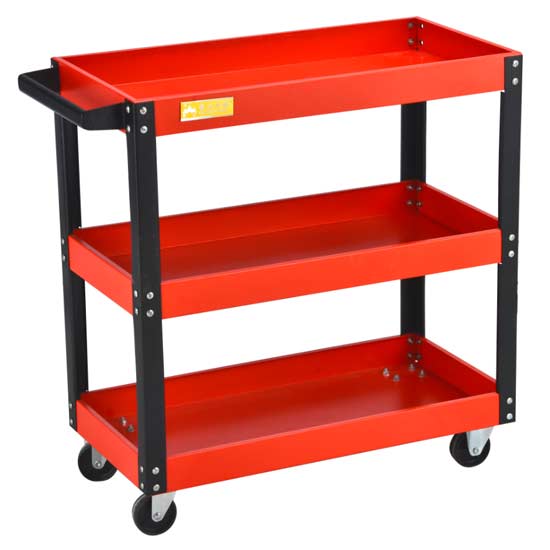 Red Steel Tool Trolley
Red Steel Tool Trolley
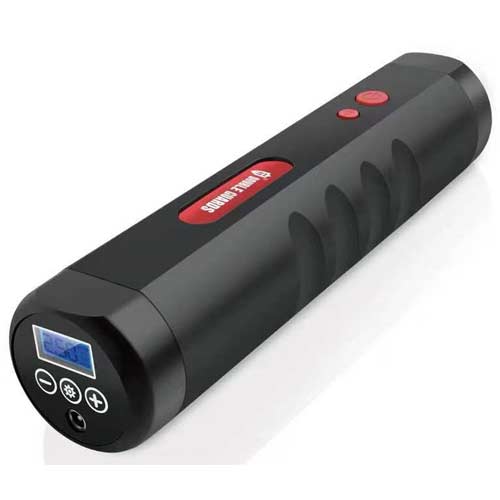 Portable Tire Inflator
Portable Tire Inflator
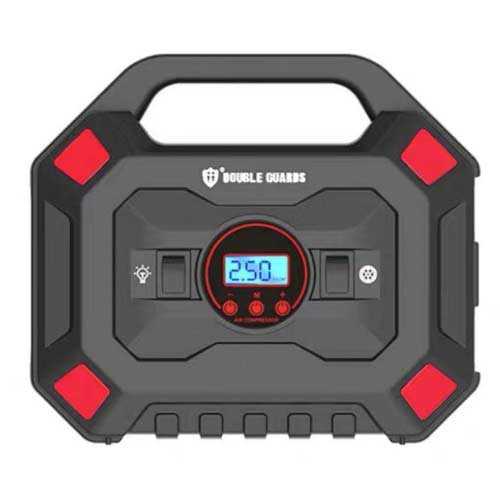 Custom Tire Inflator
Custom Tire Inflator
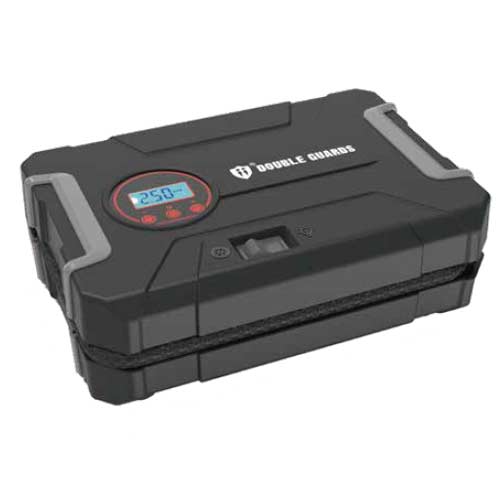 Tire Pressure Pump
Tire Pressure Pump
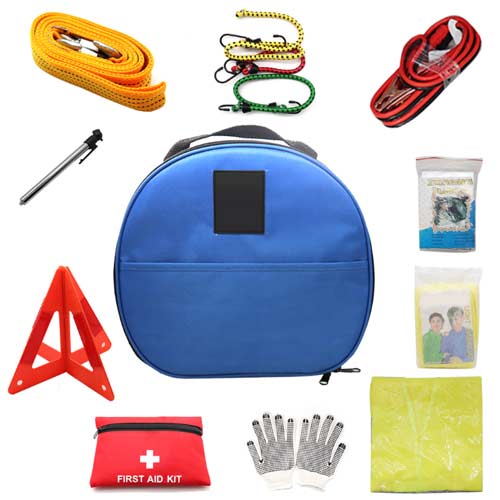 Auto Emergency kit
Auto Emergency kit